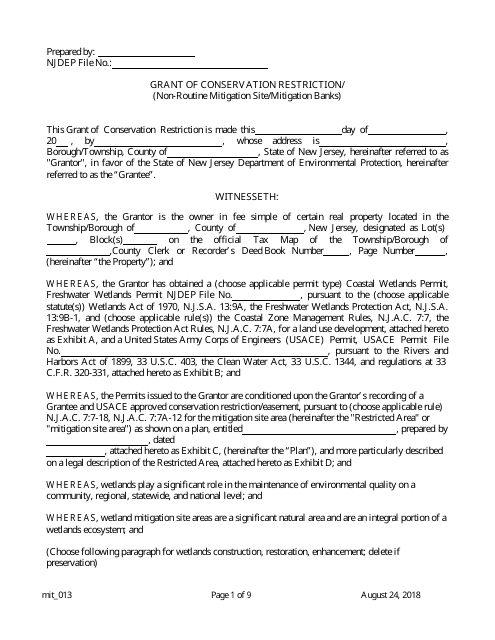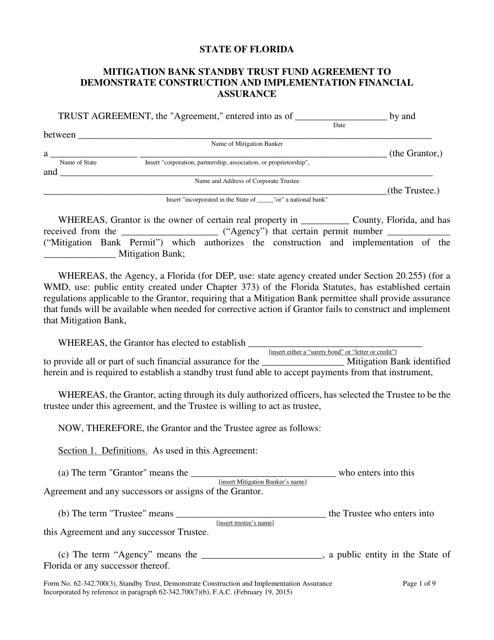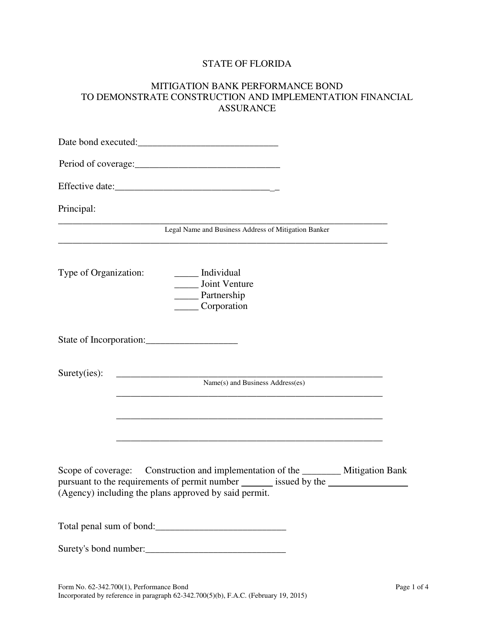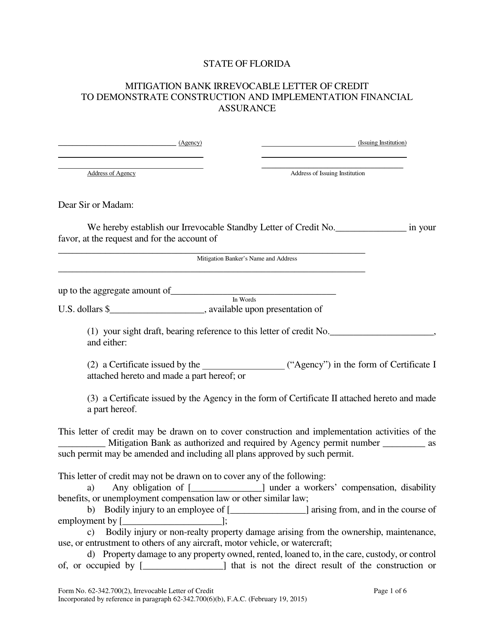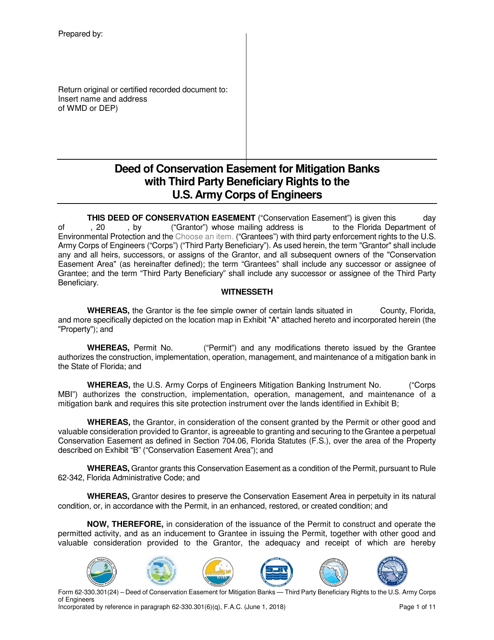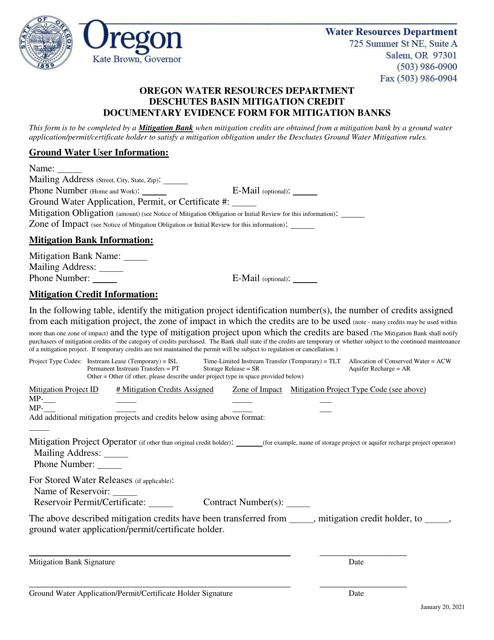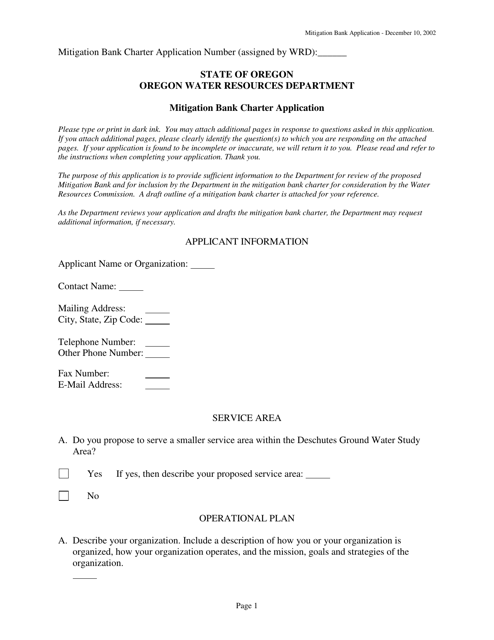Mitigation Bank Templates
Mitigation Banks: Providing Ecological Solutions for Sustainable Development
Mitigation banks, also known as mitigation bank programs or habitat conservation banks, play a crucial role in the preservation and restoration of our natural resources. These innovative initiatives offer a sustainable solution to environmental concerns by combining conservation efforts, financial investment, and regulatory compliance.
Mitigation banks leverage the power of partnerships between various stakeholders, including government agencies, private landowners, and developers, to achieve the common goal of offsetting the adverse impacts on ecosystems resulting from development projects. These banks operate under a well-defined framework, ensuring the successful implementation of mitigation projects across different regions.
Through the implementation of rigorous mitigation measures, mitigation banks actively restore, enhance, and protect invaluable habitats, such as wetlands, rivers, forests, and other critical ecosystems. By adopting state-of-the-art conservation techniques and adhering to strict regulatory standards, mitigation banks effectively minimize the ecological footprint associated with development activities.
When developers need to compensate for unavoidable environmental impacts, they can purchase credits from established mitigation banks, derived from the successful completion of mitigation projects. These credits, also known as mitigation credits or compensatory mitigation credits, represent a quantifiable measure of the environmental benefits achieved through mitigation efforts.
Mitigation banks offer numerous advantages for all parties involved. For developers, investing in mitigation credits from established banks ensures compliance with environmental regulations, expedites the permitting process, and minimizes potential project delays. Additionally, this approach provides developers with environmental certainty, allowing them to focus on their core business objectives without compromising responsible environmental stewardship.
From an ecological perspective, mitigation banks serve as powerful tools for ecological restoration and preservation. By consolidating mitigation activities in a centralized location, these banks foster large-scale and strategically planned projects, delivering substantial environmental benefits for both local and regional ecosystems. Moreover, the sale of mitigation credits generates much-needed funds to sustain ongoing conservation efforts, enabling the long-term preservation of sensitive habitats and endangered species.
Mitigation banks operate under the supervision of government agencies, ensuring transparency, accountability, and equitable distribution of environmental obligations. Regulatory bodies work closely with mitigation bank operators to establish thorough monitoring and reporting mechanisms, guaranteeing the sustained success of mitigation projects and compliance with established standards.
In conclusion, mitigation banks present a promising solution to the complex challenges posed by development and environmental conservation. By combining financial investment, regulatory compliance, and ecological expertise, these banks foster a sustainable approach to land use, ensuring the long-term health and resilience of our natural resources. Whether you are a developer seeking environmental compliance or an advocate for responsible development, mitigation banks offer a win-win situation for both human progress and the natural world.
Documents:
7
This document is for granting a conservation restriction on non-routine mitigation sites or mitigation banks in New Jersey.
This form is used for the Mitigation Bank Standby Trust Fund Agreement in Florida. It is used to demonstrate financial assurance for construction and implementation purposes.
This form is used for providing financial assurance for the construction and implementation of mitigation banks in Florida.
This document is used in Florida for the purpose of providing a financial assurance letter of credit for the construction and implementation of a mitigation bank.
This form is used for creating a legal document known as a Deed of Conservation Easement specifically for mitigation banks in Florida. The U.S. Army Corps of Engineers is named as a third party beneficiary with rights.
This form is used to provide documentary evidence for mitigation banks in the Deschutes Basin in Oregon. It helps ensure that proper mitigation measures are being implemented for land and resource impacts.
This document is used for applying for a charter to establish a mitigation bank in the state of Oregon.

